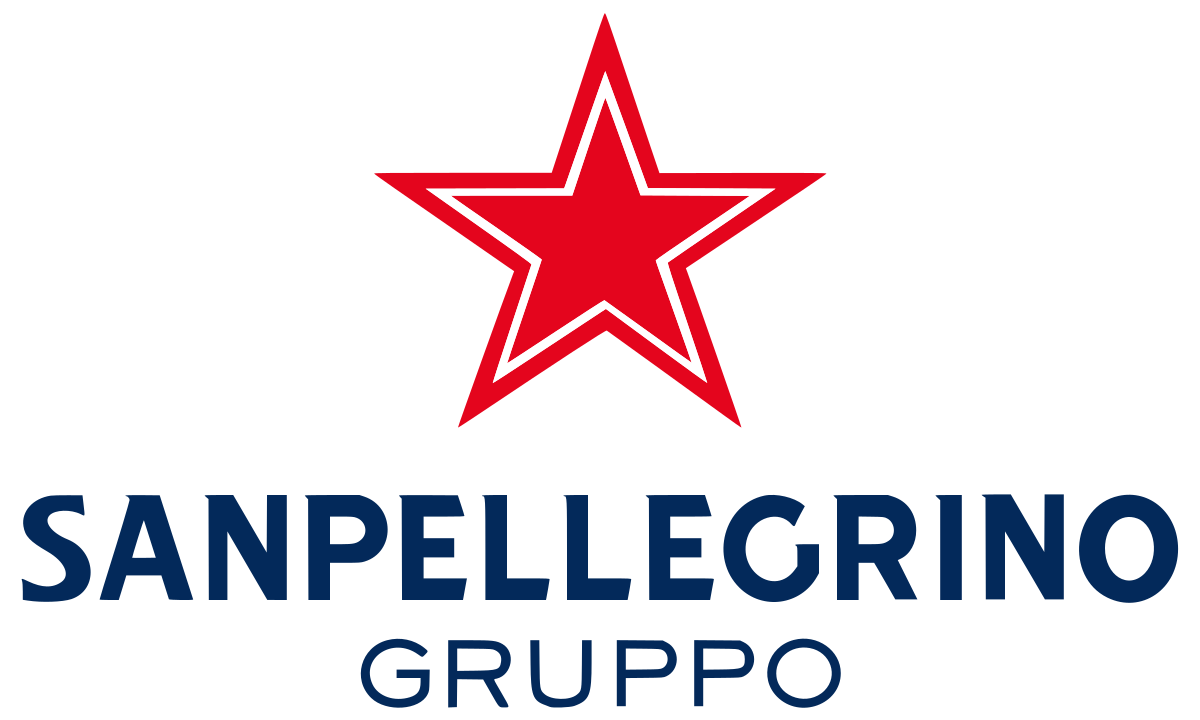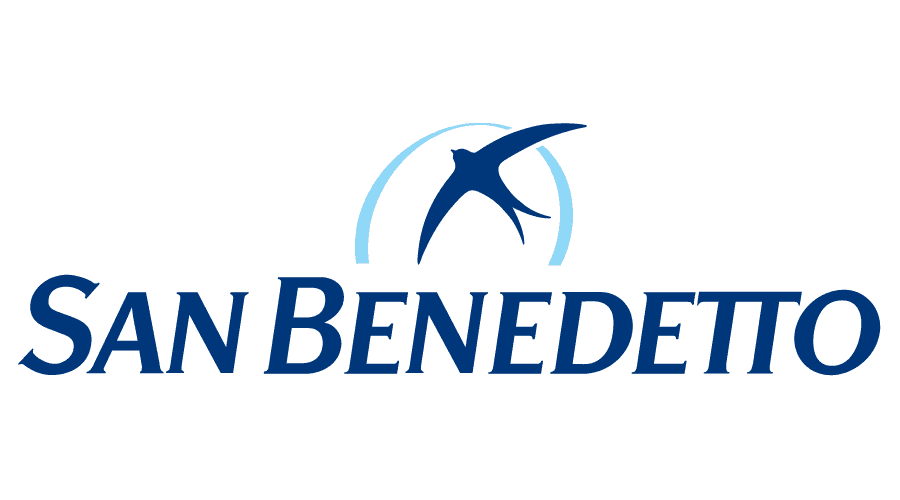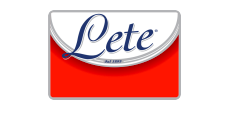Summary
The global bottled water market has seen significant trends since 2020, with a forecast CAGR of 6.7% from 2022 to 2030 and a value of $283.01 billion in 2021. Asia-Pacific is the largest market, accounting for over 40% of sales, and is expected to see the fastest growth. In contrast, European markets show slower growth, Italy being a notable exception, where the industry is mainly run by family businesses rather than multinationals. Despite environmental concerns and competition from tap water, consumption of which rose by 5% in 2021, with 82.7% of Italians consuming it, the bottled water market is innovating to reduce its carbon footprint. The Italian market is dominated by natural still water and plastic packaging. Geographical demand varies, with the highest consumption on the islands.
Italy's foreign trade is in surplus, with water exports rising from $597 million to $647 million, and imports falling to $10.1 million by 2021, with the USA and France being important partners. Nationally, 97% of the Italian market comprises mineral water, with per capita consumption down slightly from 223 liters in 2019 to 216 liters in 2020 due to the pandemic. The main market players are Sanpellegrino, San Benedetto and Sant'Anna, with San Benedetto holding the largest market share at 19.3%. Regulations, particularly those of the European Union, govern the bottled water industry, guaranteeing water quality, material safety and environmental considerations.rials and environmental considerations, with new directives focusing on increasing recycled content in bottles and improving consumer information:
Trends and dynamics in the Italian bottled water market: a changing landscape
In the Italian market, bottled water continues to exert a significant influence on consumers, with a strong preference for natural still water, which accounts for around 69% of consumption. Sparkling and naturally effervescent waters also maintain stable demand, contributing to the remainder of consumption. This trend is fuelled by ecological considerations, profitability and increased confidence in the quality of municipal water.
Regionally, Asia-Pacific reigns supreme in terms of sales, while European countries such as Italy are experiencing more moderate expansion due to market maturity. The Italian mineral water sector presents an idiosyncratic landscape, largely isolated from the grip of multinationals, with the exception of the significant presence of Nestlé-Sanpellegrino. Family businesses have historically nurtured and developed the Italian bottled water market, maintaining a solid distribution network from a multitude of springs and bottling plants spread across the country. Environmental concerns, combined with competitive pricing considerations, are the main challenges for market players. The environmental impact of plastic bottles has prompted innovations aimed at minimizing the industry's carbon footprint and reinforcing sustainable practices. Marketing pitches emphasizing the health benefits of bottled water also seek to justify the cost differential with cheaper tap water. The analysis reveals a broad distribution of consumption in Italy, with a marked concentration in the northwest, which accounts for around 29% of the total, closely followed by the southern region and central Italy, including Sardinia. The north-east, although close behind, accounts for a smaller share of around 18%. In particular, the islands and Umbria appear to be regions with significantly high per capita consumption rates.
As far as trade flows are concerned, Italy boasts a formidable export capacity, which has always outstripped imports, leading to a substantial trade surplus in the sector. The USA and France are the main export destinations, together accounting for around half of Italy's export portfolio. At national level, the macro-composition of bottled water consumed is largely dominated by mineral waters, which cover 97% of the market. The pandemic had a minor impact on Italy's bottled water market The Italian bottled water market is a dynamic arena where several major companies dominate the segment thanks to their unique brand propositions, diversified product ranges and regional strengths.
These companies have carved out a place for themselves in the landscape by aligning their products with consumer preferences and promoting distinct aspects of water purity, mineral content and environmental awareness.
- Sanpellegrino SpA - Part of the Nestlé multinational, Sanpellegrino SpA boasts an historic position as market leader in Italy. Its range of products is of uncompromising quality, including the prestigious S. Pellegrino sparkling mineral water, recognized the world over, particularly in high-end gastronomic circles. It also boasts Acqua Panna still mineral water from Tuscany and Levissima oligomineral product from the mountainous regions of Alta Valtellina.
- Acqua Minerale San Benedetto - The Zoppas family controls San Benedetto, one of the world's leading producers of mineral water. With brands such as San Benedetto positioned in the high-end market and Guizza aimed at the lower-price segments, the company's reach is undeniable. San Benedetto's Ecogreen 100ECO range stands out for its eco-friendly packaging and commitment to sustainability.
- Sant'Anna - Owned by Alberto Bertone, Sant'Anna has enjoyed rapid market growth since its creation in 1996. The brand has established itself as the lightest of the major bottled waters, with a focus on minimal mineralization and low sodium content, enabling it to establish itself in modern retail channels.
- Ferrarelle SpA - This Campania-based company, run by the Pontecorvo family, has a strong presence in the natural effervescent mineral water segment. Ferrarelle water combines flavor and well-being, and is gaining ground on international markets thanks to strategic partnerships.
- Rocchetta/Uliveto - Owned by the De Simone Niquesa family, this group offers Uliveto effervescent natural mineral waters, Rocchetta's oligomineral variety, and its lightly sparkling Brio Blu water. The company's focus on wellness and health has enabled it to position its prices above the market average.
- Lete - Run by the Arnone family, Lete has established itself as a dynamo in southern Italy, a leader in the natural sparkling water segment. Thanks to innovative development strategies, the Lete brand has become a benchmark in the natural effervescent water market
to understand this market
Detailed content
 Inforamtion
Inforamtion
- Number of pages : 30 pages
- Format : Digital and PDF versions
- Last update : 01/12/2022
 Summary and extracts
Summary and extracts
1 Market Summary
1.1 Definition and presentation
Bottled water is drinking water-natural or purified-packaged in plastic or glass bottles. There are different types of bottled water that differ in the amount of gases, residues, and minerals present.
The global bottled water market was valued at $283.01 billion in 2021 and is projected to expand at a compound annual growth rate (CAGR) of 6.7 percent from 2022 to 2030. Asia-Pacific held the largest share of sales, at more than 40.0 percent in 2021, and is projected to register the fastest CAGR from 2022 to 2030
European markets, such as Italy, are more mature and therefore experience lower growth. Bottled water, however, is benefiting from an image of quality and wholesomeness that ensures its popularity among the population
Italy is one of the few large countries where the mineral water sector is not dominated by large multinational beverage companies. With the exception of Nestlé-Sanpellegrino, the Italian competitive framework is dominated by family-controlled companies that have successfully worked to develop the market. The mineral water industry in Italy is well established throughout the country with an articulated presence of springs and bottling plants in all Italian regions.
Actors face two main obstacles: the environmental argument and that of pricing . Without recycling, bottled water has a considerable footprint on the environment due to its plastic container. Market actors therefore face increasing competition from the consumption of tap water, which is more ecologically responsible and much cheaper
Numerous innovations are therefore developed to reduce the carbon footprint of the bottled water company's activities, and promote its development. Marketing efforts to promote the nutritional qualities of these products are also constant and are intended to justify their higher price
 List of charts
List of charts
- Why do people drink tap water rather than bottled water?
- Breakdown of bottled water sales channels
- Consumption by type of water
- Water consumption by packaging type
- Water Consumption by Macro Regions
All our studies are available online in PDF format
Take a look at an example of our research on another market!
Latest news
Companies quoted in this study
This study contains a complete overview of the companies in the market, with the latest figures and news for each company. :
 Choosing this study means :
Choosing this study means :
Access to more than 35 hours of work
Our studies are the result of over 35 hours of research and analysis. Using our studies allows you to devote more time and added value to your projects.
Benefit from 6 years' experience and over 1,500 industry reports already produced
Our expertise enables us to produce comprehensive studies in all sectors, including niche and emerging markets.
Our know-how and methodology enable us to produce reports that offer unique value for money.
Access to several thousand articles and paid-for data
Businesscoot has access to all the paid economic press as well as exclusive databases to carry out its market research (over 30,000 articles and private sources).
To enhance our research, our analysts also use web indicators (semrush, trends, etc.) to identify market trends and company strategies. (Consult our paying sources)
Guaranteed support after your purchase
A team dedicated to after-sales service, to guarantee you a high level of satisfaction. +44 238 097 0676
A digital format designed for our users
Not only do you have access to a PDF, but also to a digital version designed for our customers. This version gives you access to sources, data in Excel format and graphics. The content of the study can therefore be easily retrieved and adapted for your specific needs.
 Our offers :
Our offers :
the bottled water market | Italy
- What are the figures on the size and growth of the market?
- What is driving the growth of the market and its evolution?
- What is the positioning of companies in the value chain?
- Data from several dozen databases
5 reports pack (-15%) IT Italy
- 5 reports at €75.6 excluding VAT per study to choose from our Italian catalogue for 12 months
- Save 15% on additional studies purchased
- Choose to be refunded any unused credit at the end of the 12-month period (duration of the pack)
See the terms and conditions of the pack and the refund of unused credit.
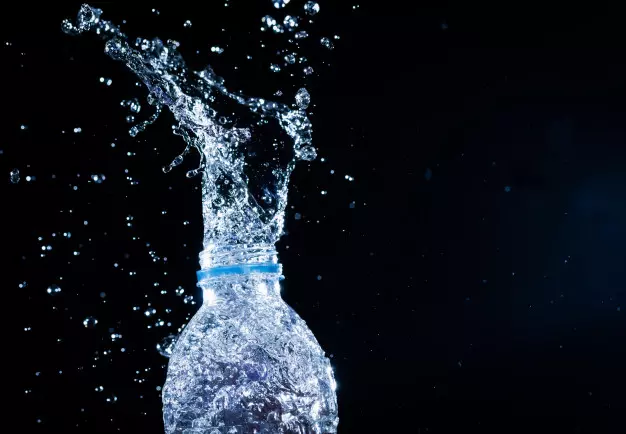




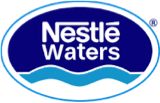 Nestlé admits using prohibited methods for its mineral waters - 29/01/2024
Nestlé admits using prohibited methods for its mineral waters - 29/01/2024
